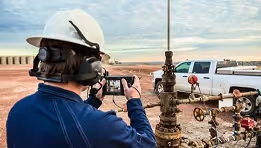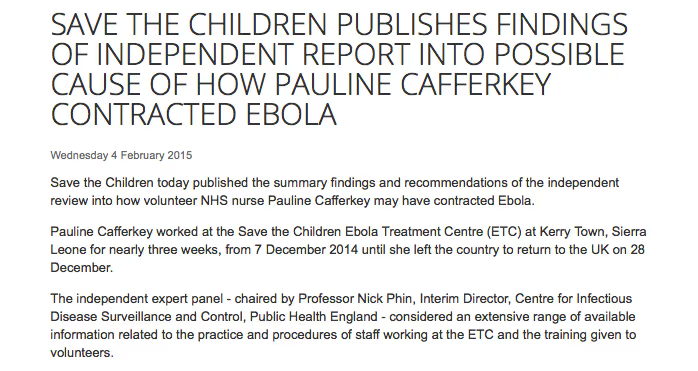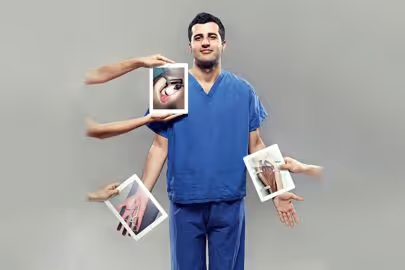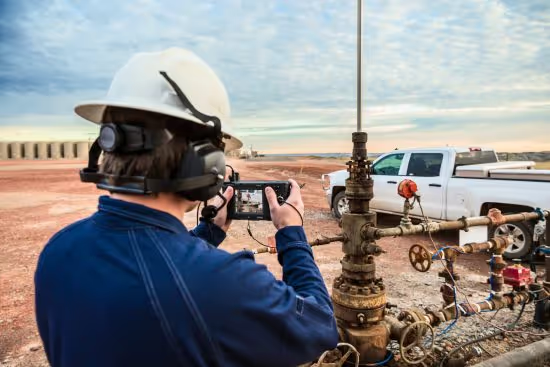What can humanitarians learn from surgeons and aviators?

There has been a growing professionalization of the humanitarian sector, but this ignores the fact that most frontline workers are volunteers (albeit with specialist skills) responding to challenges brought about by an exceptional crisis. This raises important questions:
- Is local capacity building as effective and efficient as it might be?
- With humanitarian needs outstripping our ability to respond to them, can we afford not to invest in better ways?
- How can we provide training to people already on the frontline? This would need to be Just in Time (JIT) training – and as widely accessible as possible, regardless of literacy or language.
- Are we putting people’s lives at risk through not re-imagining how we train and, more importantly, ensure competences are maintained and relevant? The answer is - probably not intentionally, but as we have sought to show in other blogs, we could probably do a lot better. (Please see ‘There’s a science to how learning happens – let’s take advantage of it!’ and ‘Reimagining simulation training to make it both immersive and accessible to all’.)
The well documented case of nurse Pauline Cafferkey during the Ebola crisis is a reminder that we cannot be complacent; but there is a conservatism in the humanitarian sector ‘if it isn’t broken, then don’t fix it,’ and challenging current norms raises questions about whether they are really fit for purpose.


Maybe we can learn from Andre Chowon, co-founder of Touch Surgery, who challenged complacency in the medical sector about patient safety and orthodox approaches to surgical training, drawing on insights from the aviation sector. Touch Surgery is seeking to be part of the patient safety revolution needed in healthcare; aiming to ‘raise the standards of surgical care globally, utilizing cutting edge, affordable, and accessible technology.’
Back in 2012 Andre wrote:
‘Touch Surgery was built to address a real need, a huge void in surgical training. It may sound unbelievable but that void lies with teaching trainee surgeons how to operate. Take me for example. I am still in the middle of my surgical training program. I have taken out approximately 50 or so appendixes from my patients. How did I learn how to do this? To be frank- I read a book, watched someone else do it, and then dived in and practiced on a real life human being. This is the way that most of us learn to operate.’
It rings true with the humanitarian sector where emergencies are wide ranging. People often volunteer hoping to adapt whatever knowledge they have to the evolving challenges threatening people and communities, learning as they go. Initial guidance may be provided by a more experienced ‘humanitarian professional’, and there may well be international guidelines or protocols that ensure a coherence in the humanitarian response. Formalised education or training manuals are often slow in keeping pace with emergent challenges.
Andre Chowon makes the comparison between the medical and aviation sectors; both in terms of their safety record, as well as the scale and expense of training. What makes this comparison so valuable is that the aviation industry has an extraordinarily good safety record, aided by an open, safety aware culture. Training actively incorporates simulation-based training program, and competency is assessed at 6 monthly assessments for pilots. Andre highlights the paradox in medicine: ‘Within medicine, the issue of safety is paramount. There are 98,000 deaths in the USA alone resulting every year from medical error [To Err is Human: Building a Safer Health System, Washington, 2000], and the majority of adverse events have been shown to occur in the operating room [Dankelman et al. 2005].’
He was inspired by the potential for making simulation training more accessible:
‘It has been repeatedly demonstrated that simulation can work, with a Cochrane review finding reduced operative time and error rates associated with virtual reality training [Gurusamy et al. 2009]. Simulation training can also affect clinical outcomes with a significant fall in infection rates associated with central line insertion [Barsuk et al. 2009]. However, healthcare systems have been slow to incorporate simulation into training curricula. Part of this is due to considerations of economy and scale.

Like Touch Surgery, we also sought to learn from simulation in the aviation sector (as well as Oil and Gas and the food processing industry). Like Touch Surgery, the ebuddi model focuses upon teaching the safe steps of an operation and key decision points. The field trials also demonstrated the importance of using hardware that sits in most people’s pockets already (i.e. smart devices like a tablet or smartphone). We draw inspiration from Touch Surgery and are excited by the way ebuddi has demonstrated the value of JIT simulation for infection prevention and control. We hope we can build on these insights as a model for how frontline humanitarian workers can be given the competences and confidence to do their jobs more safely and effectively.
Stay updated
Sign up for our newsletter to receive regular updates on resources, news, and insights like this. Don’t miss out on important information that can help you stay informed and engaged.
Related articles
.png)


Explore Elrha
Learn more about our mission, the organisations we support, and the resources we provide to drive research and innovation in humanitarian response.